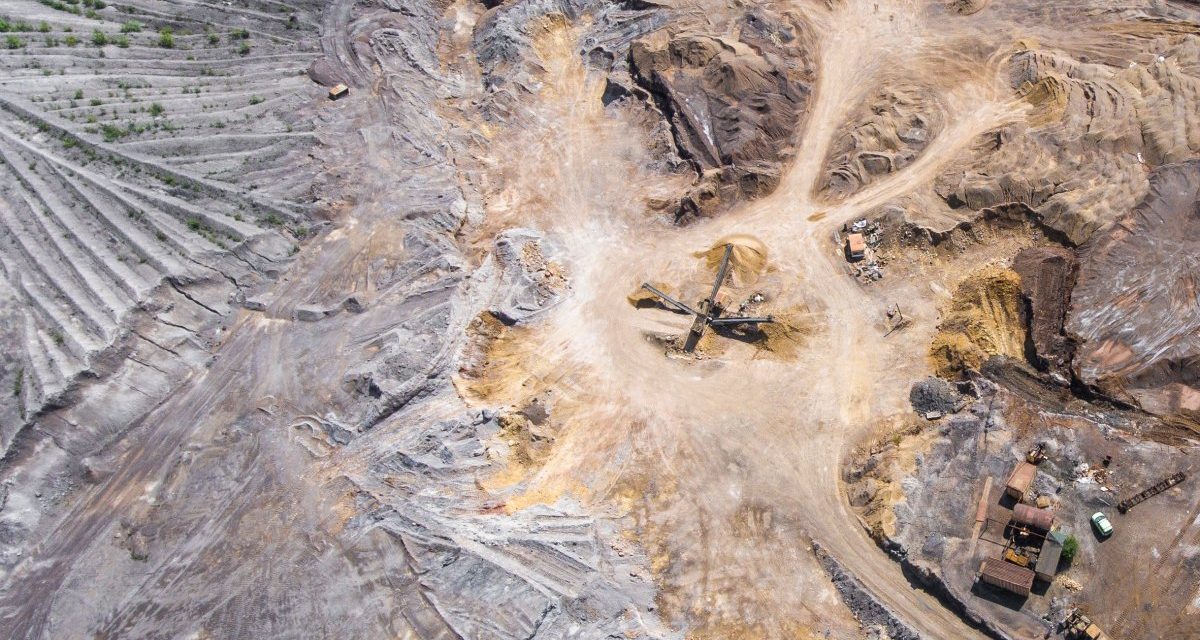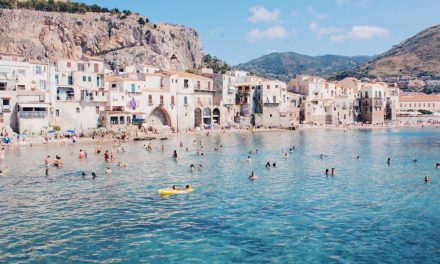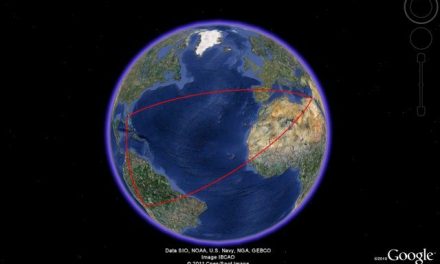Pre-Columbian copper mining in the Americas, though proved through research and archaeology, can be somewhat of a reluctant topic. The idea that native Americans mined copper and traded with it to other countries shows that Christopher Columbus was not the sole discoverer of this continent. However, evidence suggests that this is exactly the case. Nomadic groups who followed migrating animal herds would take pieces of copper left behind by retreating glaciers and turn it into many sorts of adornments. Pieces would be cold hammered or annealed into tiny trinkets and jewelry, and in the Lake Superior region of northeastern Wisconsin, the largest mining operation opened and spread throughout the region.
The magnitude of this copper mining operation is truly colossal in nature and over 5,000 copper mines have been discovered. While the mining season was small in nature, due to the severity of winters in this particular region, it shows how the ancient miners employed techniques that allowed them to work with speed and efficiency. By building fires on top of a copper vein, and then dousing it in water, the rock would fracture, thereby allowing the miners to extract the copper with various tools.
They also employed a vinegar mixture that would eliminate smoke and speed up the spalling, which means breaking the rock into layers. While these mines prove the evidence of a masterful copper mining operation, many questions of specifically how they carried this out is still shrouded in mystery. How did they know precisely where to dig since most of the copper veins are buried very deep in the ground? What kind of technology could they have possessed to assist them in this endeavor? Archaeologists are still trying to discover an explanation of their techniques to this day.
International Trade
There is also evidence that copper from North America made it to Europe and Asia in large quantities. The bronze age may have not been as extensive if it was not for copper from across the sea. The story of Atlantis tells the story of a metal called orichalcum which is believed to be a copper alloy. During Greek and Roman times most copper came from Cyprus. Surprisingly the mining there is actually on a smaller scale than what we see in North America. There are lots of questions about where the copper went and what it was used for. It’s possible that this area of North America was one of the large industrial centers supporting Atlantis.







